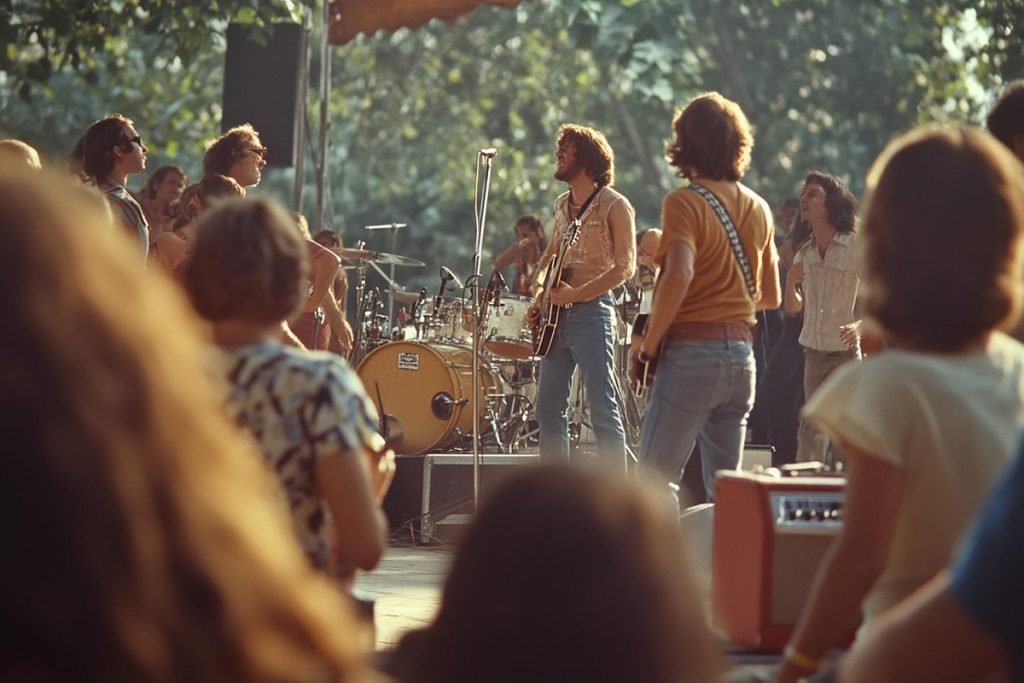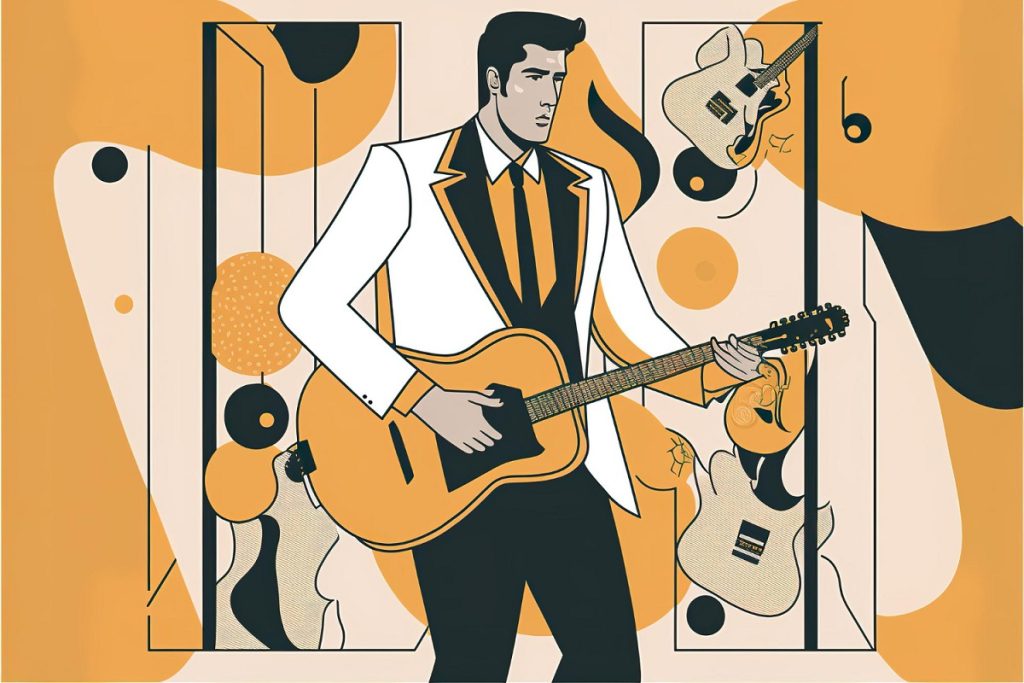Despite not having graced the mainstream spotlight as prominently as some of their contemporaries, Big Star remains one of the most pivotal bands in the power pop genre.
Their journey through music, marked by critical acclaim yet commercial indifference, tells a story of artistic purity and influence that far outstrips their modest album sales.
The seminal works of Big Star
Big Star, formed in Memphis in 1971, released a trilogy of albums that would later be heralded as the cornerstone of power pop music. ‘#1 Record’, ‘Radio City’, and ‘Third/Sister Lovers’ represent a masterclass in the genre, featuring a blend of infectious melodies, tight harmonies, and a penchant for melancholic lyrics.
#1 Record (1972)
The debut album, #1 Record, was a pristine example of power pop, with tracks like “Thirteen” and “In the Street” encapsulating youth with poignant clarity. Sadly, distribution issues severely stunted its commercial reach, though it was a critical darling.
Radio City (1974)
The follow-up, Radio City, introduced a rawer, more energetic sound. Songs like “September Gurls” and “Back of a Car” not only defined the power pop aesthetic but would later influence artists from R.E.M. to The Replacements.
Third/Sister Lovers (1978)
Their third album, released posthumously as Third/Sister Lovers, ventured into darker, more experimental territory. Though initially puzzling to listeners, it has since been recognized for its ahead-of-its-time approach to songwriting and emotion.
Influence and cultural impact
Big Star might not have achieved massive commercial success during their active years, but their influence is profound and far-reaching.
The band’s approach to the structure and aesthetics of rock music resonated through the decades, heavily influencing the alternative rock genre of the 1980s and 90s.
Artists such as Kurt Cobain and Peter Buck have cited Big Star as a significant influence, with Cobain noting “Thirteen” as one of his favorite tracks. This testament from leading figures in music highlights the depth of Big Star’s impact, embedding them deeply into the fabric of modern rock music.
Unique insights and anecdotes
One poignant story that captures the band’s unfortunate timing involves the release of #1 Record. The album coincided with a managerial shakeup at Stax Records, their label, leading to a disastrous distribution strategy.
As a result, despite glowing reviews, the album saw limited shelf space and even more limited sales.
Additionally, the power pop pioneers were somewhat ahead of their time, employing methods and styles that would only become widely popular years later.
This visionary aspect often left them without the immediate validation that commercial success can bring, yet it established a lasting legacy that would grow in appreciation long after the band had disbanded.
Big Star’s story is one of paradox – overlooked at their peak yet influential for generations. Their musical journey underlines the not always straightforward correlation between contemporary popularity and lasting impact. Today, Big Star is celebrated not just for their music, but for their enduring influence on the genre of power pop and beyond. For music historians and enthusiasts, their work offers a fascinating exploration of how true musical innovation is often only recognized in hindsight.
In revisiting the music and legacy of Big Star, we uncover not only the roots of power pop but a fundamental chapter in the history of modern music. Their albums, though once neglected, are now rightly regarded as templates of the genre, teaching us that brilliance often shines brightest in retrospect.






